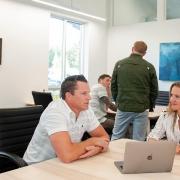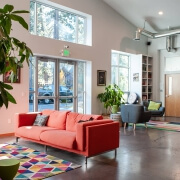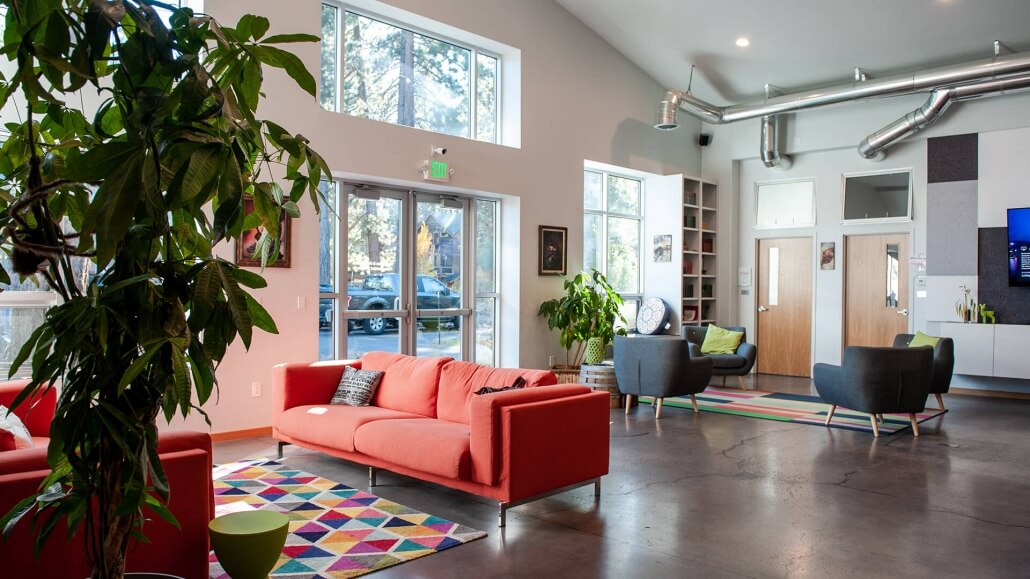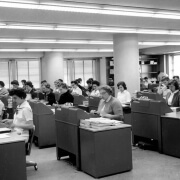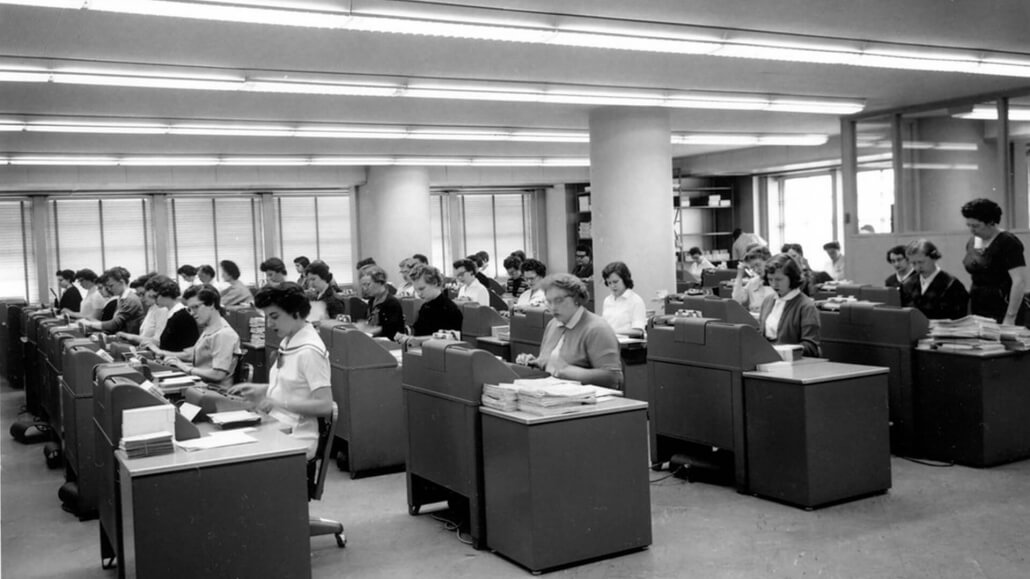Press on: let’s focus on customers, not WeWork.
For the past few months, WeWork has dominated the coworking world: newsletters, list serves, articles, opinions, commentary about their valuation, the shelved IPO, and now the news about SoftBank taking over.
The noise around WeWork has been drowning out the rest of the coworking industry for years. Of the top 20 stories in my inbox from a leading industry website, every single link was a story about WeWork. WeWork made coworking and flexible workspaces a nearly household phrase. Now it’s time to press on and take advantage of their momentum.
What’s completely absent from this conversation? Customers. It’s imperative that we stay focused on what matters – our members.
Let’s stop talking about WeWork and turn the conversation back to our customers. I want to read articles about how we all listened to our members and delivered an incredible experience to them. I want to read about how our businesses are thriving!
We all know that proactively gathering feedback from our customers is the quickest, most effective way to rapidly improve our business. Here are some key questions that every coworking space operator should be asking their members, and regularly.
If you were us, what would you do differently?
It is not enough to setup a few Instagram worthy desks or put a happy hour on the events calendar. If your members predominantly have children at home, it is possible that after hours events are never going to appeal to them, or be attainable for them. Perhaps your members would really like a toaster oven in the kitchen, or they would invest in more standing desks.
If you don’t provide your members the opportunity to help you improve, they might not be your members for much longer.
How do you use the space?
How someone physically interacts with a coworking space can be very revealing in terms of their satisfaction. Do they have a favorite armchair in the common space? Do they spend most of their time at a dedicated desk, but feel comfortable shifting to a couch in the lounge for a change of scenery? Are they not coming in as much as they thought they would because they actually don’t have what they are looking for?
As the numbers and types of people that are able to take advantage of flexible workspace grows, so will the need for additional flexibility in the physical space that is available to them. It’s important to know how your members use and would like to use the space so you can design it well.
What is it about us that makes you stay?
For many communities, there are multiple coworking spaces & flexible workspaces to choose from. Additionally, working from home, a coffee shop, or another more casual setting is always an option. So what is it about your product that is keeping your members around? What value are you providing to your members? Find out, and double down.
Along these lines is another great question:
What would you do if we shut down?
What do we do that you love and that you share with your friends?
Every company needs its advocates. Word of mouth marketing is one of the most powerful ways to grow a company. Consumers widely trust recommendations from friends & family over any other form of advertising. What are your members saying about you to their friends?
You need to understand how to best engage your most powerful influencer base. If a member loves something about working from your space, you can help them articulate why they love it so they can better discuss it with friends. Provide them with ways to further engage by creating social media content that aligns with what they love, so they can share it more quickly. If it is something that your current customers love, your future customers likely will too.
What are your challenges? How can we help?
This may be purely professional in nature, but could also pertain to a member’s personal life to some degree. And that’s okay. A strength of coworking is the communities that develop within each space.
Professionally – are they working towards a promotion? Do they have a big project underway that means they need a quieter space to focus? Is their startup trying to fundraise? Would they benefit from a warm introduction to someone else in the space?
Personally – are they new to town and need help finding their new favorite restaurants? Would they like more opportunities to network to make more friends? Do they need a babysitter/contractor/CPA recommendation?
Talking to customers and learning from their answers to questions like these is the most important tool for building an amazing product.
The only thing that matters in the coworking industry is its members. Let’s focus on them.

